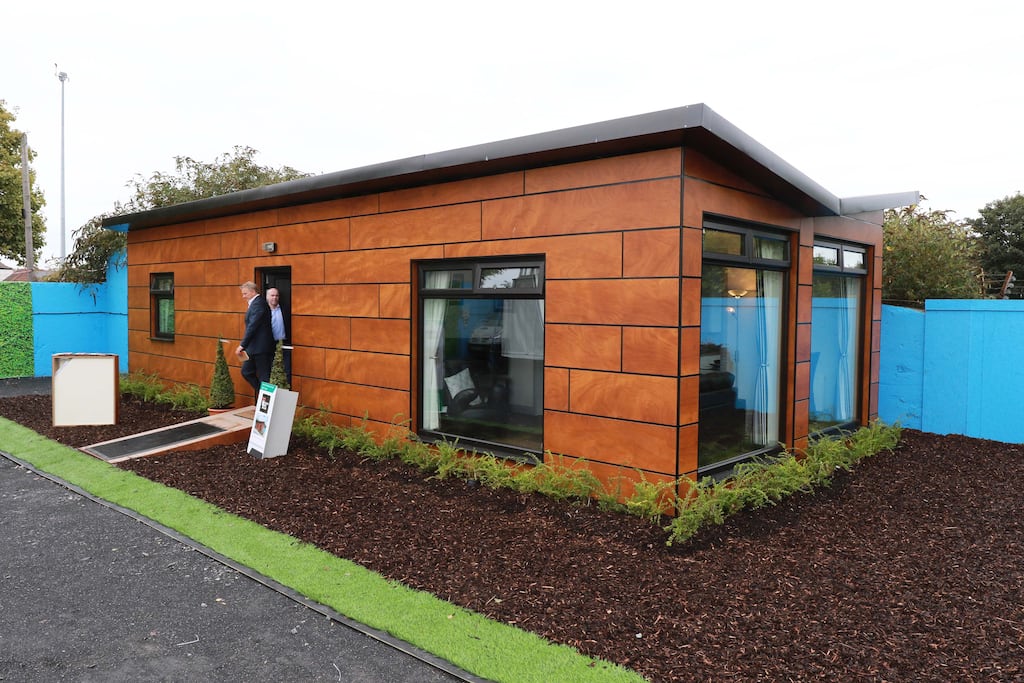Architects and builders proposing fast-build modular housing are facing different responses from planning authorities, resulting in delays and lost opportunities, the Oireachtas committee on housing has been told.
Dominic Stevens, a lecturer in TU Dublin and a director of JFOC Architects, said modern methods of construction (MMC) which include off-site manufacturing in timber, steel or cement, could help deliver rapid housing.
Mr Stevens said his firm was working on designs for planning applications developed with timber frame manufacturers FastHouse Ltd “to be an example of economic, off-site construction”. But he said while the design “was selected as excellent by a jury of architects, urban designers and housing experts”, when applications for planning permission were made to individual local authorities using the design “it meets resistance despite meeting all regulations. It simply doesn’t seem orthodox to them and so they apply their own subjective opinions”.
This problem of subjective interference with the design was worsened by further modifications “as the planning application gets assessed by An Bord Pleanála”, he added.
READ MORE
He said the lack of a uniform approach was one of the “many” inefficiencies in planning which “bring uncertainty for investors, costly and unnecessary delays for delivery, missed opportunities for contractors and housing shortfalls for the population”.

Pros and cons of helping mortgage holders, President Higgins on economics and King Charles's big day
Mr Stevens said: “From an MMC perspective where certainty is required to tool up for repetition this lack of certainty in the planning process could be fatal.”
Director general of the Construction Industry Federation Tom Parlon said timber frame housing had been in popular use for 30 years. But he said there were difficulties in “scaling up” to significant off-site construction as envisaged in Modern Methods of Construction.
Mr Parlon said “massive investment” would be required to set up a factory making timber frame buildings and certainty of demand was also critical. He said the construction sector “remains a very fragmented network of sub-supply chains with almost 50,000 registered enterprises, over 90 per cent of which have less than 10 employees”.
However, David Browne a former president of the Royal Institute of the Architects of Ireland, and a current director of RKD Architects, told the committee mandatory targets for the building industry might help.
Mr Browne said incentives such as the setting of mandated targets in public sector building programmes would help set a consistent level of demand.
He said there was potential to set annual unit requirement pipelines to be delivered through MMC, across various sectors, in particular, housing, education and healthcare.
Committee chairman Steven Matthews asked how Irish building standards for apartments compared internationally. He was told by Mr Stevens that Irish standards in relation to size were good. He said a two-bedroom apartment in Ireland was usually about 30 per cent larger than those in Madrid. A rule of thumb he said was that Irish standards for apartments would show Irish apartments were about 10 per cent larger than those in Europe.















